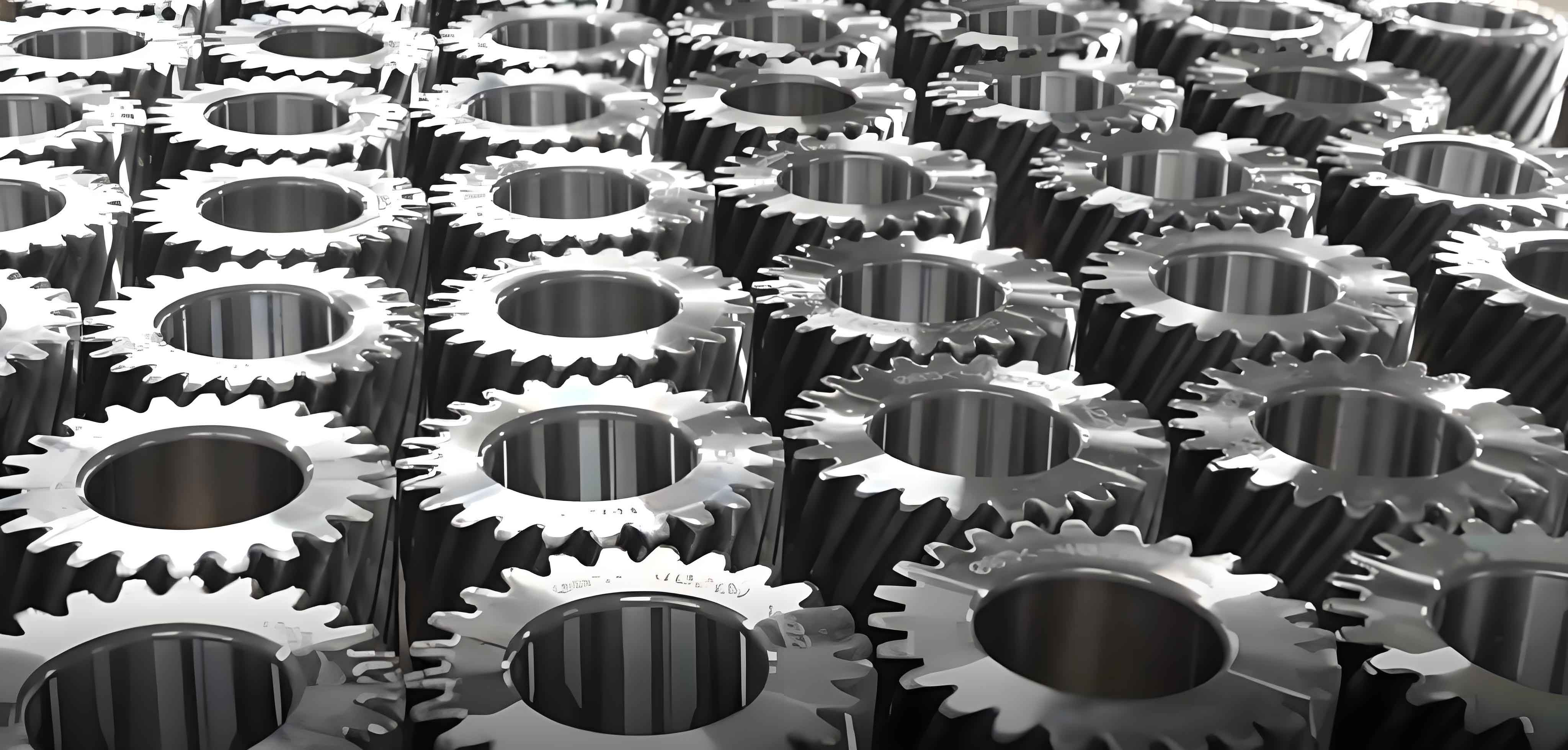This article aims to explore the significant role of spur gears in robotics, focusing on their contribution to achieving precision and efficiency. Spur gears have been a fundamental component in mechanical systems for centuries, and their application in robotics has revolutionized the field. By providing a detailed analysis of the properties, design considerations, and practical applications of spur gears in robotics, this article seeks to offer valuable insights for researchers, engineers, and enthusiasts in the field.

Introduction
Robotics has emerged as a dynamic and transformative field, revolutionizing various industries and aspects of our daily lives. At the heart of robotic systems lie mechanical components that ensure precise and efficient movement, and one such crucial element is the spur gear. Spur gears are simple yet highly effective gears that play a vital role in transmitting power and motion within robotic mechanisms.
Properties of Spur Gear
Spur gears are characterized by their straight teeth that run parallel to the axis of rotation. This design feature offers several advantages in robotics applications.
- High Efficiency: Spur gears have relatively low energy losses during power transmission, making them an efficient choice for robotic systems where energy conservation is crucial.
- Simple Design: Their straightforward design makes them easy to manufacture and maintain, reducing costs and complexity.
- Stable Operation: Spur gears provide a stable and consistent power transmission, ensuring smooth and reliable movement in robots.
Design Considerations for Spur Gear in Robotics
When integrating spur gears into robotic systems, several design considerations come into play.
- Tooth Profile Optimization: The shape and size of the teeth have a significant impact on the performance of the spur gear. Different tooth profiles, such as involute and cycloidal, offer varying levels of precision and load-carrying capacity.
- Material Selection: Choosing the right material for the spur gear is essential to withstand the mechanical stresses and environmental conditions in the robotic application. Materials like steel, alloy, and composites are commonly used, each with its unique properties.
- Gear Ratio: The gear ratio determines the speed and torque output of the system. Careful selection of the gear ratio is necessary to meet the specific requirements of the robotic task.
Applications of Spur Gear in Robotics
Spur gears find extensive applications in various types of robotic systems.
- Industrial Robotics: In manufacturing and assembly lines, spur gears are used in robotic arms for precise positioning and manipulation of objects.
- Service Robotics: Robots used in healthcare, cleaning, and delivery services rely on spur gears for smooth and efficient movement.
- Autonomous Vehicles: Spur gears play a role in the drivetrain of autonomous vehicles to ensure accurate control of speed and direction.
List of Common Spur Gear Materials and Their Properties
| Material | Strength | Wear Resistance | Cost |
|---|---|---|---|
| Steel | High | Good | Moderate |
| Alloy | High | Excellent | High |
| Composite | Moderate | Moderate | Low |
Table of Different Tooth Profiles and Their Characteristics
| Tooth Profile | Precision | Load Capacity | Noise Level |
|---|---|---|---|
| Involute | High | High | Low |
| Cycloidal | Very High | High | Moderate |
Advantages and Disadvantages of Spur Gear in Robotics
The use of spur gears in robotics comes with both advantages and disadvantages.
Advantages
- High Precision: Allows for accurate movement and positioning in robots.
- Simple Assembly: Easy to integrate into robotic mechanisms.
- Cost-Effective: Compared to some other gear types, spur gears are often more economical.
Disadvantages
- Noise Generation: Can produce significant noise during operation.
- Limited Axial Load Capacity: May not be suitable for applications with high axial loads.
Conclusion
Spur gears have proven to be indispensable in the field of robotics, providing the necessary precision and efficiency for a wide range of applications. As technology continues to advance, ongoing research and development in spur gear design and materials will further enhance their performance and expand their usage in more complex and demanding robotic systems.
It is evident that the role of spur gears in robotics is not only significant but also evolving, contributing to the continued growth and innovation in this exciting field.
